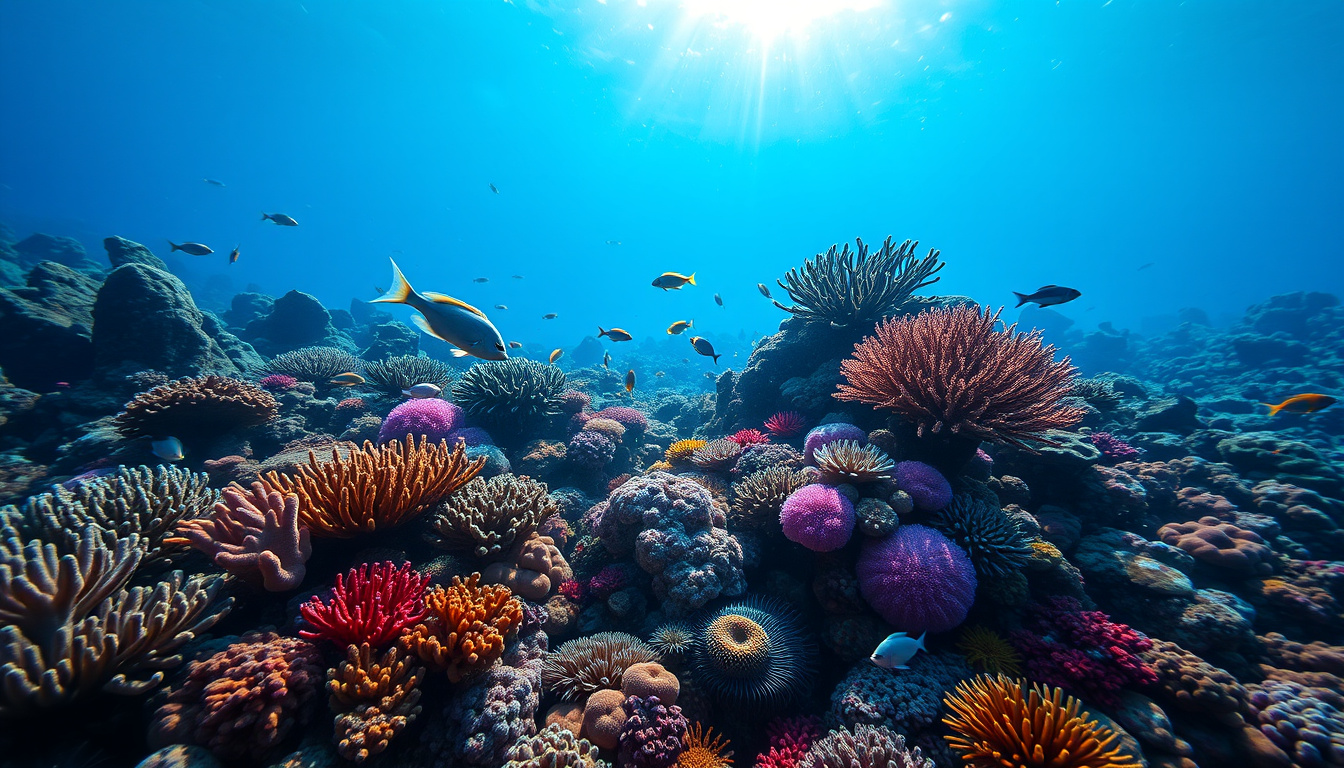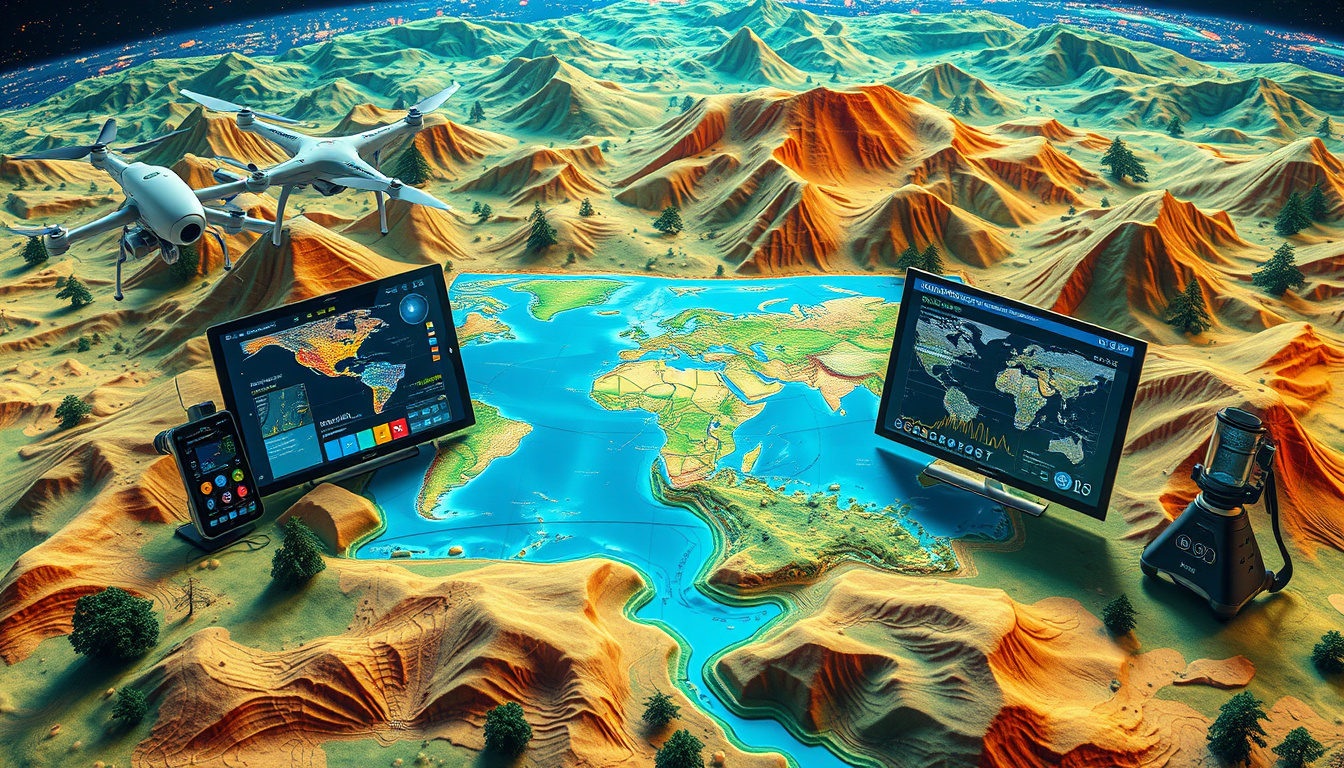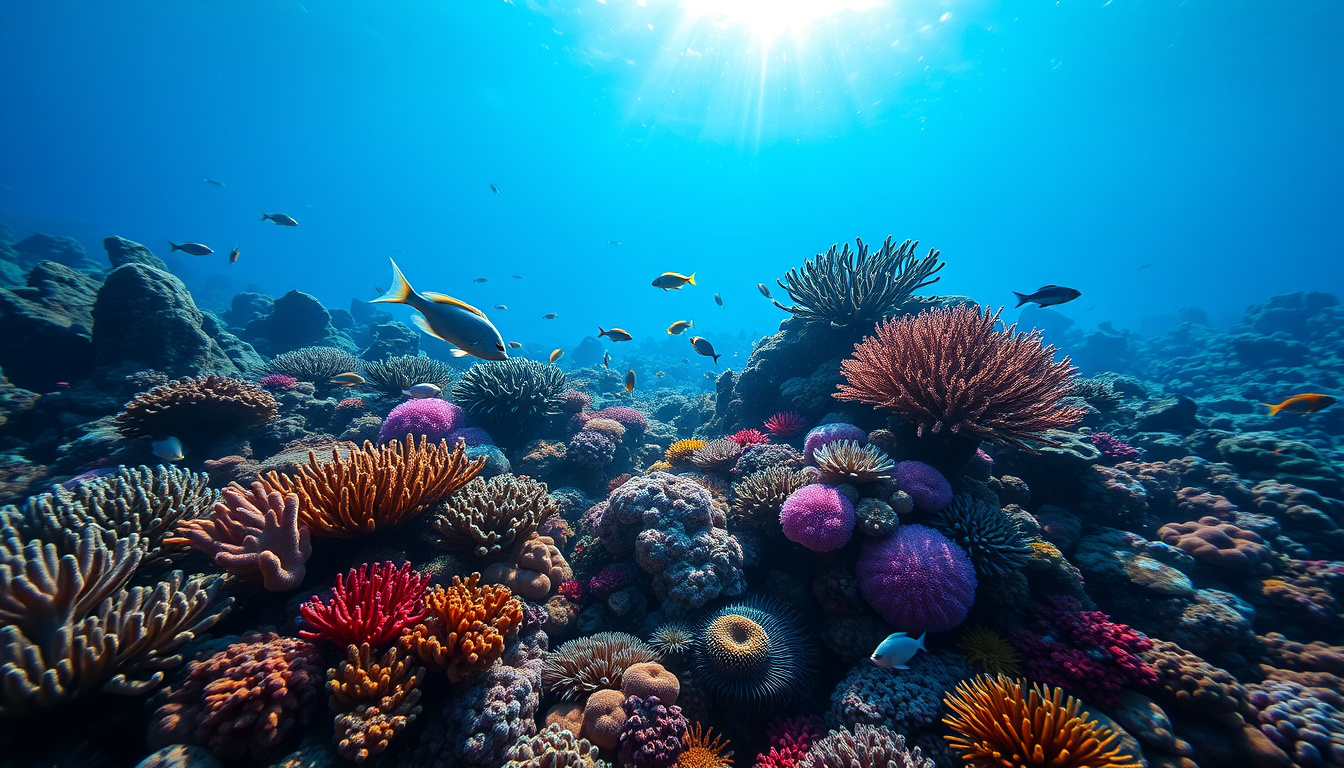Coral reefs are some of the most vibrant and diverse ecosystems on our planet, often referred to as the ‘rainforests of the sea.’ They provide critical habitat for countless marine species, protect coastlines from erosion, and serve as a source of livelihood for millions globally. However, despite their importance, many coral reefs remain uncharted, leaving their ecosystems vulnerable to threats from climate change, pollution, and human activities. In this article, we will explore the significance of mapping uncharted coral reefs, the current methodologies employed, and the promising future that lies ahead for coral conservation and exploration.

Key Takeaways
- Coral reefs are vital ecosystems, supporting marine biodiversity and protecting coastlines.
- Current coral reef mapping efforts face challenges due to the vastness and inaccessibility of many areas.
- Advanced technologies like remote sensing and underwater drones are revolutionizing the mapping of uncharted coral reefs.
- Case studies reveal significant discoveries in newly mapped coral areas that enhance our understanding of marine environments.
- Future efforts in coral reef conservation will rely heavily on precise mapping to inform protection and restoration strategies.
Introduction to Coral Reefs and Their Importance
Coral reefs are some of the most vibrant and biodiverse ecosystems on our planet, often referred to as the ‘rainforests of the sea’. These intricate structures are formed by colonies of tiny marine animals called coral polyps, which build limestone skeletons over thousands of years. The importance of mapping uncharted coral reefs cannot be overstated; these ecosystems provide critical habitats for a vast array of marine life, contribute to coastal protection, and support local economies through tourism and fishing. However, many coral reefs remain unexplored, and their intricate biodiversity is at risk due to climate change, pollution, and overfishing. By prioritizing the mapping of uncharted coral reefs, researchers can gather essential data that will aid in the conservation of these vital ecosystems, ensuring that future generations can continue to benefit from their beauty and resources.
The Current State of Coral Reef Mapping
Mapping uncharted coral reefs has gained significant attention in recent years due to the critical role these ecosystems play in marine biodiversity and coastal protection. As climate change and human activities continue to threaten coral reefs across the globe, understanding their distribution and health becomes increasingly essential. Advances in technology, including satellite imaging and underwater drones, have revolutionized the way researchers can monitor and document these vital habitats. This is particularly crucial for identifying uncharted coral reefs that remain undiscovered and unprotected. By employing sophisticated mapping techniques, scientists can create comprehensive databases that help track the health of coral reefs, identify areas needing urgent conservation efforts, and formulate effective management strategies. The current state of coral reef mapping is not only a testament to human ingenuity but also a beacon of hope for preserving these breathtaking underwater landscapes for future generations.
‘We won’t have a sustainable planet without healthy coral reefs.’ – Dr. Sylvia Earle

Techniques and Technologies Used in Mapping
Mapping uncharted coral reefs is a complex and critical endeavor in marine conservation, requiring a combination of advanced techniques and technologies. Researchers often employ remote sensing technologies such as LiDAR (Light Detection and Ranging), which uses laser pulses to measure distances and create highly detailed topographical maps of underwater landscapes. Coupled with aerial drone surveys, these methods provide expansive coverage and highlight areas that have remained unexplored. Furthermore, Geographic Information Systems (GIS) allow scientists to analyze spatial and temporal patterns in reef distribution and health, integrating data from various sources to enhance decision-making. For more intricate studies, underwater robots equipped with high-resolution cameras and sonar technology are deployed, meticulously capturing images and mapping the structural complexity of coral ecosystems. These innovative approaches are not only integral in mapping uncharted coral reefs but also serve to inform conservation strategies, ensuring the protection of these vital marine habitats.
Case Studies of Recently Mapped Coral Reefs
In recent years, the scientific community has made significant strides in the field of marine conservation through meticulous ‘mapping uncharted coral reefs.’ These efforts have not only advanced our understanding of underwater ecosystems but also highlighted the importance of coral reefs in combating climate change and supporting biodiversity. One notable case study is the mapping project conducted in the Coral Triangle, a region known for its rich marine life. Researchers utilized high-resolution sonar technology to create detailed maps that reveal previously unknown coral formations. This groundbreaking work has enabled scientists to identify areas most vulnerable to environmental threats, such as coral bleaching and pollution. Another compelling example comes from the Caribbean, where researchers recently utilized drone technology to create real-time 3D maps of coral reefs. By capturing high-resolution images from above, they were able to assess coral health and density, offering invaluable data for conservation strategies. These case studies underscore the vital role of mapping uncharted coral reefs, not just for scientific inquiry, but also for the sustainable management of marine resources.

Future Prospects for Coral Reef Conservation and Exploration
As the world faces unprecedented environmental challenges, the importance of mapping uncharted coral reefs has never been more critical. Scientists and conservationists are turning their focus to these largely unexplored underwater ecosystems, where diverse marine life thrives and plays a crucial role in our planet’s health. Future prospects for coral reef conservation lie in advanced mapping techniques, such as sonar and satellite imaging, which can provide detailed insights into reef structures and their ecological functions. By identifying and cataloging these uncharted areas, we can better understand the various species that inhabit them, assess their vulnerability to climate change, and implement targeted conservation strategies. Moreover, mapping efforts can facilitate the establishment of marine protected areas, ultimately leading to enhanced biodiversity preservation. Therefore, as we explore these hidden gems of the ocean, we hold the potential to not only uncover new species but also ensure the longevity of coral reefs and the myriad of life they support.
Frequently Asked Questions
What are coral reefs and why are they important?
Coral reefs are diverse underwater ecosystems made up of coral polyps, which provide essential habitat for many marine species. They play a crucial role in maintaining marine biodiversity, protecting coastlines from erosion, and supporting fisheries that many communities rely on.
What is the current state of coral reef mapping?
Currently, much of the world’s coral reefs remain unmapped or poorly mapped. While some regions have been thoroughly surveyed, many uncharted areas still exist, particularly in remote locations. This limits our understanding of their health and status.
What techniques and technologies are used to map coral reefs?
Mapping coral reefs involves various techniques and technologies, including satellite imagery, underwater drones, autonomous underwater vehicles (AUVs), and traditional diving methods. State-of-the-art mapping systems utilize sonar and photogrammetry to create detailed maps of reef structures.
Can you provide examples of recently mapped coral reefs?
Yes, there have been several notable case studies, including the mapping of the reefs in the Coral Triangle, where innovative technologies revealed previously unknown coral species and formations, and the comprehensive survey of Australia’s Great Barrier Reef that enhanced our understanding of its biodiversity.
What are the future prospects for coral reef conservation and exploration?
The future of coral reef conservation relies heavily on improved mapping techniques and the continued exploration of uncharted reefs. Enhanced mapping will aid in monitoring reef health, mitigating environmental threats, and planning conservation efforts, which are crucial for sustaining these vital ecosystems.

Leave a Reply